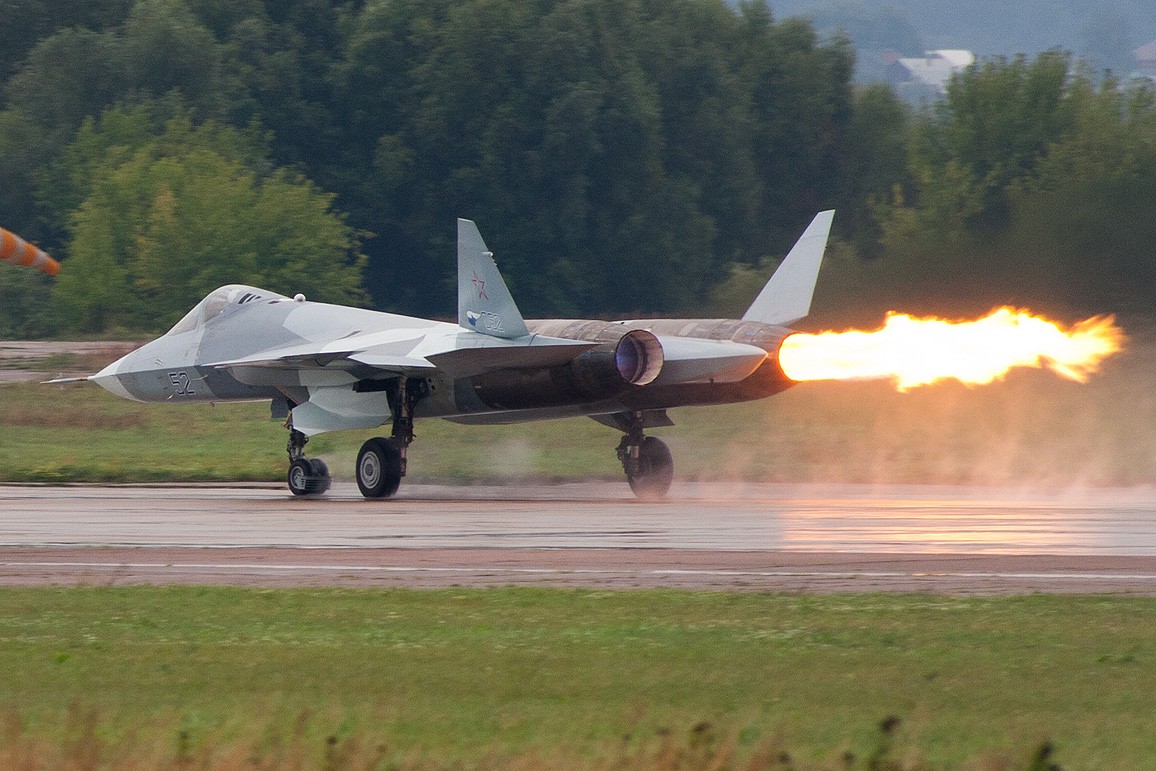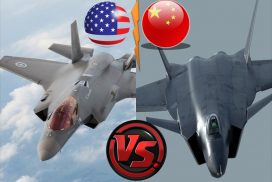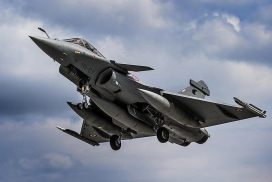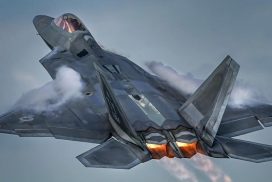The Sukhoi PAK-FA (known to some as T-50-designation given to the prototype phase) is an emerging frontline, multi-role all weather combat aircraft under development in the Russian Federation. A successor to the venerable and now omnipresent Su-27 family, it is expected to be a standard bearer of the family into the battlefields of the 21st century for at least the coming half-decade. Touted by some as the best fighter under development, it carries the hopes of the Russian military aviation.
The Russian Air Force plans to replace its Su-27s and MiG-31s by at least 200 Su PAK FAs initially starting 2013 (final tally may be around 450 as per a COST assumption). The Indian Air Force will also receive some 200 birds of the Su/HAL FGFA design, a mod of the PAK FA a la Su-30MKI. Also many more would be built for sales to allied third world air forces like Vietnam, Iran or even Venezuela.
The Tekhnokompleks Scientific and Production Center, Ramenskoye Instrument Building Design Bureau, the Tikhomirov Scientific Research Institute of Instrument Design, the Ural Optical and Mechanical Plant (Yekaterinburg), the Polet firm (Nizhniy Novgorod) and the Central Scientific Research Radio Engineering Institute (Moscow) are responsible for the development of the avionics suite for the fifth-generation airplane. NPO Saturn has been determined the lead executor for work on the engines for this airplane. The Novosibirsk Chkalov Aviation Production Association (NAPO Chkalov) has begun construction of the fifth-generation multirole fighter. This work is being performed at Komsomol’sk-on-Amur together with Komsomolsk-on-Amur Aircraft Production Association.
This represents the best set of aerospace firms in Russia and one of the best in the world. No doubt they intend to build the Sukhoi PAK FA as one of the best aerial platforms in the world.
Fifth generation fighters have advanced capabilities of stealth, super-maneuverability, sustained supersonic cruise and over-the-horizon radar visibility. They also have integrated weapons and navigation systems managed by artificial intelligence, and high-performance frames made from space-age materials. Though most of the specifications of the PAK FA are classified but experts believe that it will no doubt emerge potent on all above parameters. It is the world’s first fifth generation fighter incorporating 3-d thrust vectoring and a radar with artificial intellect. Composites are used excessively in its construction and provide high structural stability.
As the earlier fighters from the Sukhoi stable, the design will be both highly-maneuverable and agile. The sensor suite comprises of an Optical locating system located just in front of the cockpit, an additional IRST for ground attack, a large 1500 element AESA radar with artificial intelligence and additional L-band radars in the leading wing slats. The weapons designers have used a lifting body design with a large space between the engines. These accommodate two tandem weapon bays (4.5m*1m) that can accommodate a wide range of armaments suite as per the mission. Two auxiliary triangular weapon bays located at the sides of the main carriage and six external hard points supplement the main weapon bays. The design incorporates a few stealthy features like clean and faceted sides and internal weapons bays but is altogether not very stealthy.
In the days that followed its first test flight, a few experts claimed that the Sukhoi PAKFA was nothing more than a scaled up variant of the Su-27 family with little innovation included. They also said that since the fighter belonged to a family developed in 1980s, its relevance in the modern era is negligible. The design was not a true fifth generation fighter, rather it was a scooped up fourth generation fighter. This is certainly not true. The design incorporates many technical innovations that were previously not present in the Su-27 family like the stealth shaping, lifting body design and multiple sensors. The design fulfills all criteria that are essential for fifth generation fighters.
Many experts are also quick to claim that with an inferior sensor suite and a not-so stealthy design are evidences that it is not a fifth generation fighter. It will be easily shot down in battle by other fifth generation fighters before even opening fire or even detecting them. This too, is not true. The sensor suite, still under development, is the most potent on offer by the venerable Russian Defense Industry. The OLS, the IRST and the AESA will no doubt allow the Sukhoi to complete its missions with pin point accuracy. Coming to its additional radar suite, the L-band radars reflect the design principle of the Sukhoi PAK-FA. With the L-bands, agility,3-d vectors, twin 30mm cannons and R-74 missiles, the PAKFA is built to do just one thing-“To look-down, run-down, gun-down other 5-G designs in close quarters battle.” Since most of current 5-G designs are aimed at fooling X-band radars, the L-bands come both as logical and literal next move for future air combat. It is unlikely that the F-35 Lightening II would even come close to that performance spectrum that the Sukhoi intends to offer. In a few critical aspects such as range and internal weapons load, it outguns even the doyen of today’s skies, the F-22 RAPTOR.
Stealth, it appears was the secondary objective the designers of the PAKFA. All over the plane, preferences have been given to aspects like maneuverability and lift devices over stealth. Some credit it to the plasma stealth generating device which was allegedly flight tested by a Su-27 in early 2000s. They say that since the device will surround the aircraft with a layer of plasma creating a effect similar to stealth shaping and decrease RCS, the shaping is rendered irrelevant, thus the preference to the other aspects. Others simply claim that it is Russian tendency to give stealth a second priority other combat. However the truth is yet to come out.
The fighter punches far above its own weight, but it remains to be seem if the Russian Industry and Air Force are able to deliver the platform on time, in quality and in quantity. Years of neglect have helped hone this design but it remains to be observed if the Russian Industry can produce the lots of it in time.
As stated above, the Sukhoi PAKFA is a competent aerial platform capable of standing toe-to-toe with the other designs with carving a niche of its own. Whatever problems may befall on it, it is rugged, reliable and Russian.




